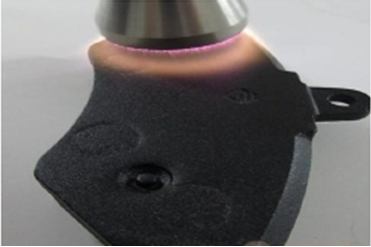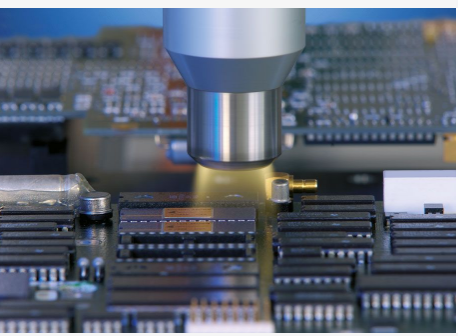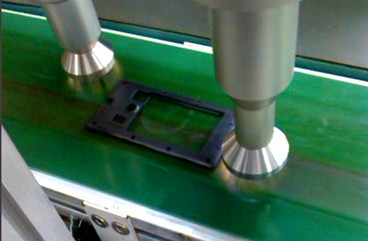Plasma and corona
Plasma and corona pretreatment are both methods used to modify the surface properties of materials, especially in industrial processes like printing, coating, and adhesion. While they share the goal of enhancing surface wettability and adhesion, they differ in the mechanisms and equipment used.
- Mechanism: Plasma pretreatment involves the use of a plasma, which is a state of matter in which gas molecules become ionized and generate a mixture of ions, electrons, and reactive species. These reactive species can interact with the material’s surface, leading to surface activation.
- Equipment: Plasma pretreatment is typically achieved using specialized equipment such as plasma chambers or plasma treatment systems. There are different types of plasma sources, including radiofrequency (RF) plasma, microwave plasma, and atmospheric pressure plasma.
- Advantages: Plasma pretreatment is effective for a wide range of materials, including polymers, metals, and ceramics. It offers precise control over the treatment parameters, allowing for tailored surface modifications.



- Mechanism: Corona pretreatment involves the use of a corona discharge, which is a type of electrical discharge in a gas. The corona discharge generates reactive species that interact with the material’s surface, leading to changes in surface energy and wettability.
- Equipment: Corona pretreatment is usually achieved using corona treaters, which consist of electrodes and a high-voltage power supply. The material to be treated passes through the gap between the electrodes, where the corona discharge occurs.
- Advantages: Corona pretreatment is often used in web processing applications, such as in the treatment of films, foils, and textiles. It is a relatively simple and cost-effective method, but it may be less precise compared to plasma pretreatment.
In summary, both plasma and corona pretreatment are surface activation techniques, but they differ in terms of the physical mechanisms and equipment used. Plasma pretreatment involves the generation of a plasma state, while corona pretreatment relies on a corona discharge. The choice between the two methods depends on the specific requirements of the material and the application. Plasma pretreatment is often favored for its versatility and precision, while corona pretreatment may be chosen for its simplicity and cost-effectiveness in certain applications.
#plasmapretreatment #coronapretreatment #pretreatment
 DSTAR machine
DSTAR machine

WeChat
Scan the QR Code with wechat